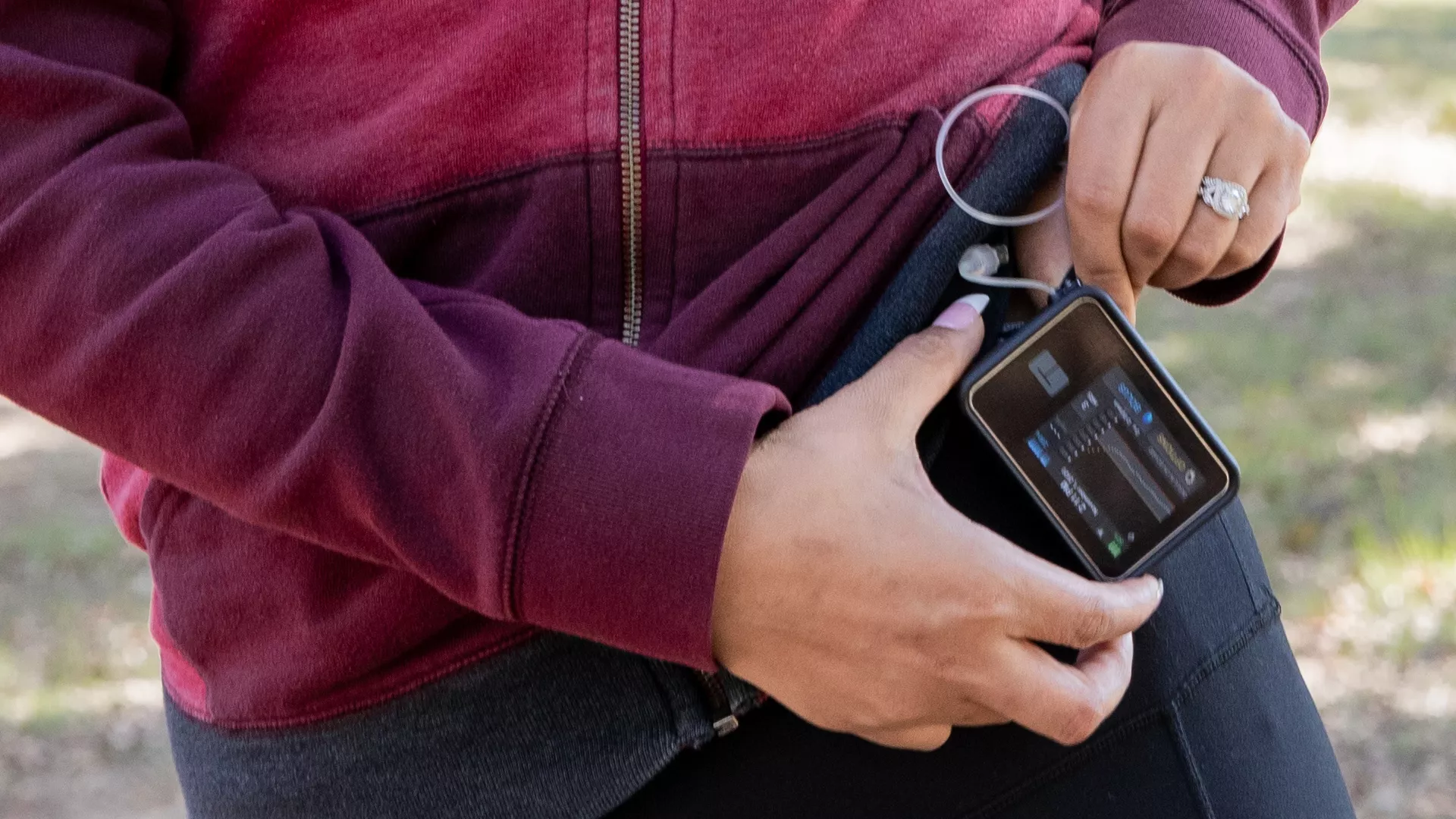
We are urging people in Sussex to join our campaign to get nationally-recommended diabetes technology into the hands of people who live with the condition.
The National Institute of Health and Care Excellence (NICE) recommends that continuous glucose monitoring (CGM) or flash glucose monitoring should be available for some people living with type 2 diabetes and to everyone living with type 1 diabetes.
The technology supports self-management of the condition, reduces the risk of complications and improves quality of life for those who use it. Longer term use of these devices potentially means fewer medical appointments and emergency admissions – a cost saving to the NHS.
Many people in Sussex still don’t have access to this tech, even though the second anniversary of the guidance which recommended it is coming up.
Jill Steaton, Head of South East Coast and London Diabetes UK, says:
“Diabetes can be relentless but, with the right technology, keeping on top of the condition doesn’t have to feel like a daily battle for many people.
“In Sussex, there’s no access at all to this technology for people living with type 2 diabetes. Adults living with type 1 diabetes aren’t able to choose which device works best for them; for example, a device with predictive alarms to alert when blood sugar levels are going dangerously high or low or one that can connect with an insulin pump to create a closed loop device.
“We understand health bosses at the Integrated Care Board (ICB) have not approved a crucial paper written by the diabetes clinical network board which would enable the devices to be prescribed where appropriate. We would like to see this document approved.”
The number of people diagnosed with diabetes in East Sussex is 34,447, in West Sussex it is 56,404 and in Brighton and Hove it is 12,300.
Flash glucose monitors and continuous glucose monitors let people check their blood glucose levels without having to prick their fingers. Instead they wear a small sensor on their body day and night that reads blood glucose levels and relays information to a mobile phone or other device.
Some CGMs including the FreeStyle Libre 2 have alarms which will sound if blood glucose levels go too low or too high. This can also be set up to sound on someone else’s mobile, for example, a carer.
One of the other main benefits of technology such as a flash glucose monitor and CGM is being able to constantly track and review glucose levels. Charts and graphs help people see and understand how food, activity, and other things affect them.
We are asking people who live with diabetes to take five minutes to share their experience of accessing or trying to access diabetes tech with their MP and also to write on their behalf to health decision-makers in Sussex.
